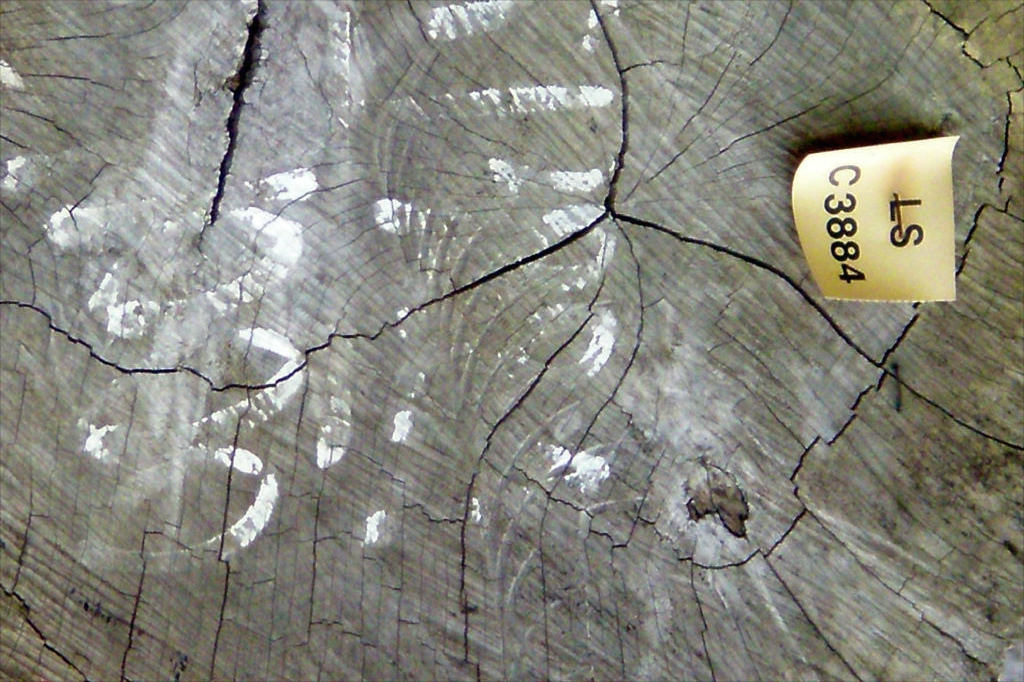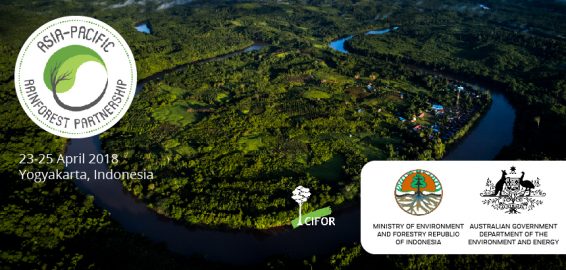
By pledging to restore millions of hectares of deforested and degraded land, countries take a first step on a road shaped by a broad array of local decisions. Natural regeneration, tree plantations or both? What about a mosaic landscape of natural forest, agriculture and agroforestry?
Fortunately, researchers, practitioners and decision makers have increasingly more tools at hand for answering these questions, evaluating trade-offs and making choices. But on-the-ground experience reveals critical gaps that have yet to be addressed by any method, according to new research.
“Tools to aid in forest landscape restoration are continually proliferating, and existing ones are being refined,” says Robin Chazdon, research professor at the University of the Sunshine Coast in Queensland, Australia, and co-author of the paper, which reviews tools that are available and offers recommendations for future development.
“We wanted to take stock of where we are, identify the gaps and see where filling those gaps would really make a difference.”
Worldwide, nearly 50 nations have pledged to restore 160 million hectares of deforested or degraded land as part of the 2011-launched Bonn Challenge. The goal is to have 150 million hectares under restoration by 2020 and 350 million hectares by 2030.
“The goal of forest landscape restoration is not just to increase tree cover or perhaps carbon capture – especially in countries where deforestation is a prime source of greenhouse gas emissions – but also to restore ecosystem functions and improve local livelihoods,” says co-author Manuel Guariguata, principal scientist at the Center for International Forestry Research (CIFOR).
“To this end, prioritization exercises through the application of decision support tools for guiding restoration objectives are paramount.”
ROAM AROUND THE WORLD
Experts estimate that restoration of 350 million hectares of deforested and degraded land by 2030 – the goal of the globally-supported Bonn Challenge – will yield as much as USD 170 billion annually in net benefits by protecting watersheds, supporting the production of crops and forest products, increasing rural development and reducing poverty.
The challenge, though, is to put national reforestation and restoration pledges into action at the local level, where, as Chazdon says, “there is no one-size-fits-all solution.” Needs and opportunities vary from country to country, but even within a single country or region, restoration may take many different forms, depending on the type of ecosystem, the extent of degradation and the needs of local communities.
Several methodologies have been designed to help countries or regions analyze possibilities for forest landscape restoration (FLR). The Restoration Diagnostic is a tool for developing national or regional strategies, while the Restoration Opportunities Assessment Methodology (ROAM) helps national planners identify priority areas for restoration within their territories.
“Quite a few countries have used ROAM in preparation for undertaking restoration, but going from this high-level planning exercise to implementing restoration in real landscapes involves another set of steps, and there aren’t many tools out there to help that process along,” Chazdon says.
In addition, an overemphasis on land degradation as the ‘problem’ and restoration as the ‘solution’ may lead to an overly narrow focus, Chazdon and Guariguata say.
In the report, they state: “In reality, the problem is lack of food security, inadequate water supply, high risk of catastrophic fires, climate change and loss of species. Well-planned forest landscape restoration programs can go a long way to resolve these problems without the need for land degradation assessments.”
Instead of considering only degradation, the authors suggest “a focus on areas where multiple restoration benefits can be achieved for minimal cost.”
They recommend combining different restoration options in mosaic landscapes, which could involve turning highly degraded areas into sustainable cropland, agroforestry areas or woodlots of native species.
Besides providing livelihoods and ecosystem services to local communities, such an approach could also yield a return on the financial investment, they say.
That type of planning requires land-use and land-restoration decisions to be made locally, with the involvement of communities, local governments, businesses and other stakeholders. Because most of the tools currently available are designed for restoration planning at the national level, there is a need for methodologies to help with local decision making, Chazdon says.
“More and more local communities are gearing up for landscape restoration,” she says. “They recognize the need to restore their land and improve their livelihoods. We need to reach out to those groups and help them get started and reach their goals.”
Tools to aid in forest landscape restoration are continually proliferating, and existing ones are being refined
RETOOLING THE TOOLKIT
Some tools already exist to help planners map the multiple ways in which landscapes are used. To help weigh the trade-offs that inevitably come with land-use decisions, however, more data is needed about economic costs and benefits of landscape restoration, Chazdon says.
Also needed are tools designed for local planners and community members who may not have the experience or technical skills necessary to use sophisticated modeling techniques.
“Other tools could help them look at economic benefits and develop scenarios, such as where they establish agroforestry, a plantation for commercial timber, an orchard or a silvopastoral system,” Chazdon says.
Apps or games could provide a user-friendly way to test different combinations of restoration options for mosaic landscapes, calculating how much carbon they could store over time or how they would affect water supply. They should also include social impacts, such as potential sources of income, which are often overlooked in landscape planning, she says.
Restoring ecosystem functions may take decades, but members of local communities need immediate sources of income. By testing different scenarios, people could see the potential effects of combining short-term production of crops or fast-growing timber species – such as eucalyptus – with longer-range actions, such as encouraging natural regeneration or planting more valuable timber species that may take 30 or 40 years to mature but will fetch higher prices in the market.
Part of the complexity of forest landscape restoration is that decisions made today may only fully bear fruit several decades – or even several generations – from now. Monitoring, so that adjustments can be made to adapt to changing conditions, poses another challenge for tool designers.
“What I find exciting about designing decision support tools is that they provide an opportunity for coordination among researchers, practitioners and policymakers,” says Chazdon. “They provide a way to work together, because many people in those three areas can be involved in trying them out and providing feedback.”
International interest in forest landscape restoration is growing, with Latin American countries committing to bring 20 million hectares into restoration by 2020 and an African pledge to bring 100 million acres into restoration by 2030.
Policymakers, government officials, community members and scientists now face the challenge of turning those commitments into plans that will result in greener landscapes and better livelihoods for local communities. Before long, they may find that there’s an app for that.
We want you to share Forests News content, which is licensed under Creative Commons Attribution-NonCommercial-ShareAlike 4.0 International (CC BY-NC-SA 4.0). This means you are free to redistribute our material for non-commercial purposes. All we ask is that you give Forests News appropriate credit and link to the original Forests News content, indicate if changes were made, and distribute your contributions under the same Creative Commons license. You must notify Forests News if you repost, reprint or reuse our materials by contacting forestsnews@cifor-icraf.org.


